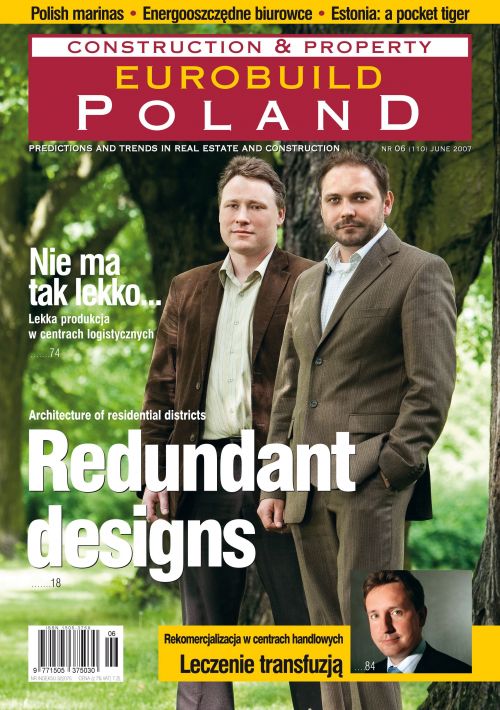Manufacturers choose to rent space in warehouse and logistics centres, finding it more expensive, time-consuming and risky to build their own developmentsWhat does light industry manufacture? According to real estate market experts, almost everything.“The common notion of light manufacturing actually includes any shop floor operations which require the use of machinery and large numbers of staff, other than warehousing and heavy manufacturing. It might be pharmaceutical manufacturing which requires special conditions or precise optical manufacturing, however packing of products is also defined as light manufacturing,” says Tomasz Branecki, the owner of Jartom, a real estate agency.Market demand for products is so variable that having completed the construction of a manufacturing plant that lasted a few years you may find out that your product is obsolete. Moreover, an individual investment requires large capital, an adequate plot of land and a pile of hard-won documents and






























































